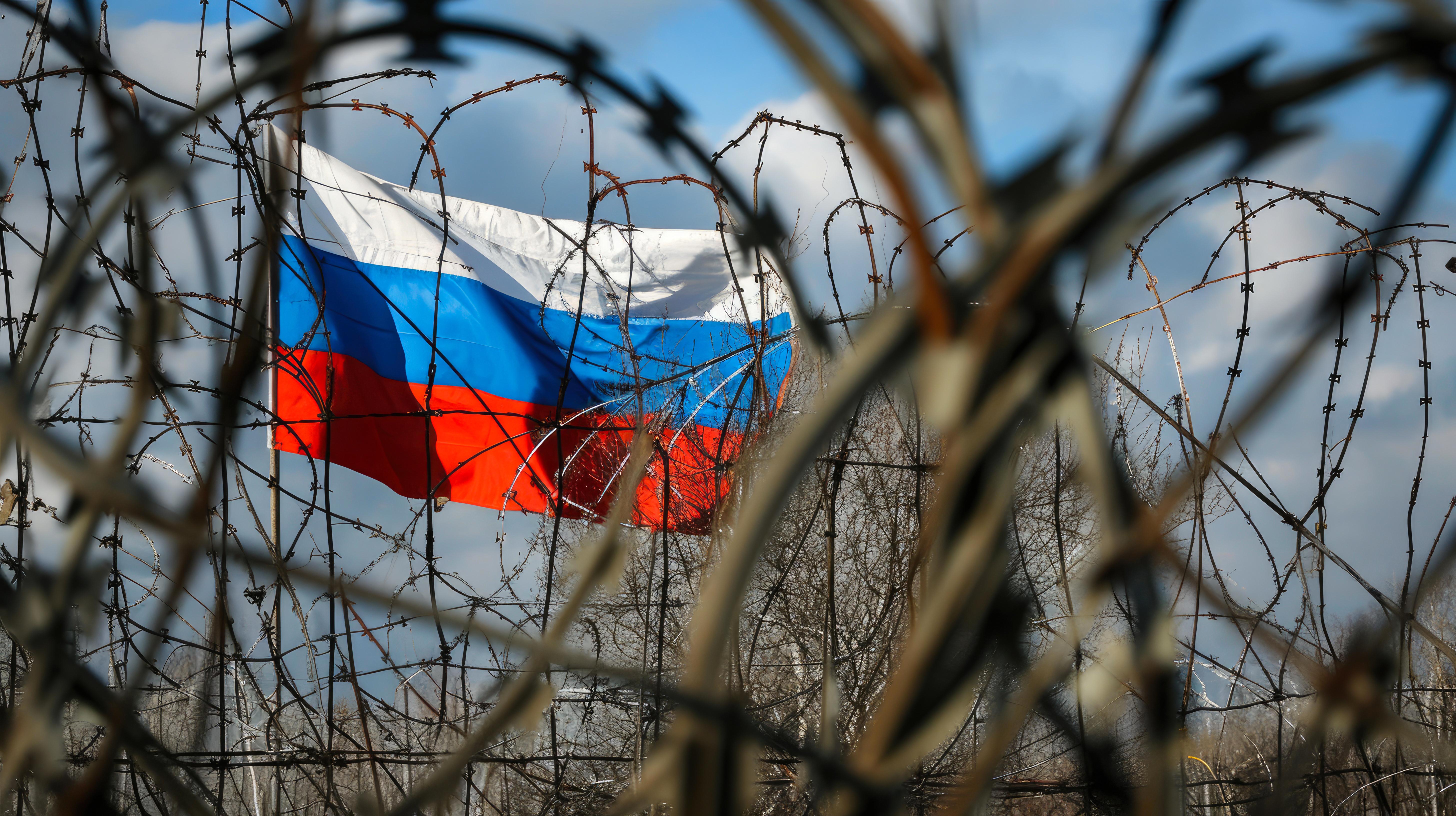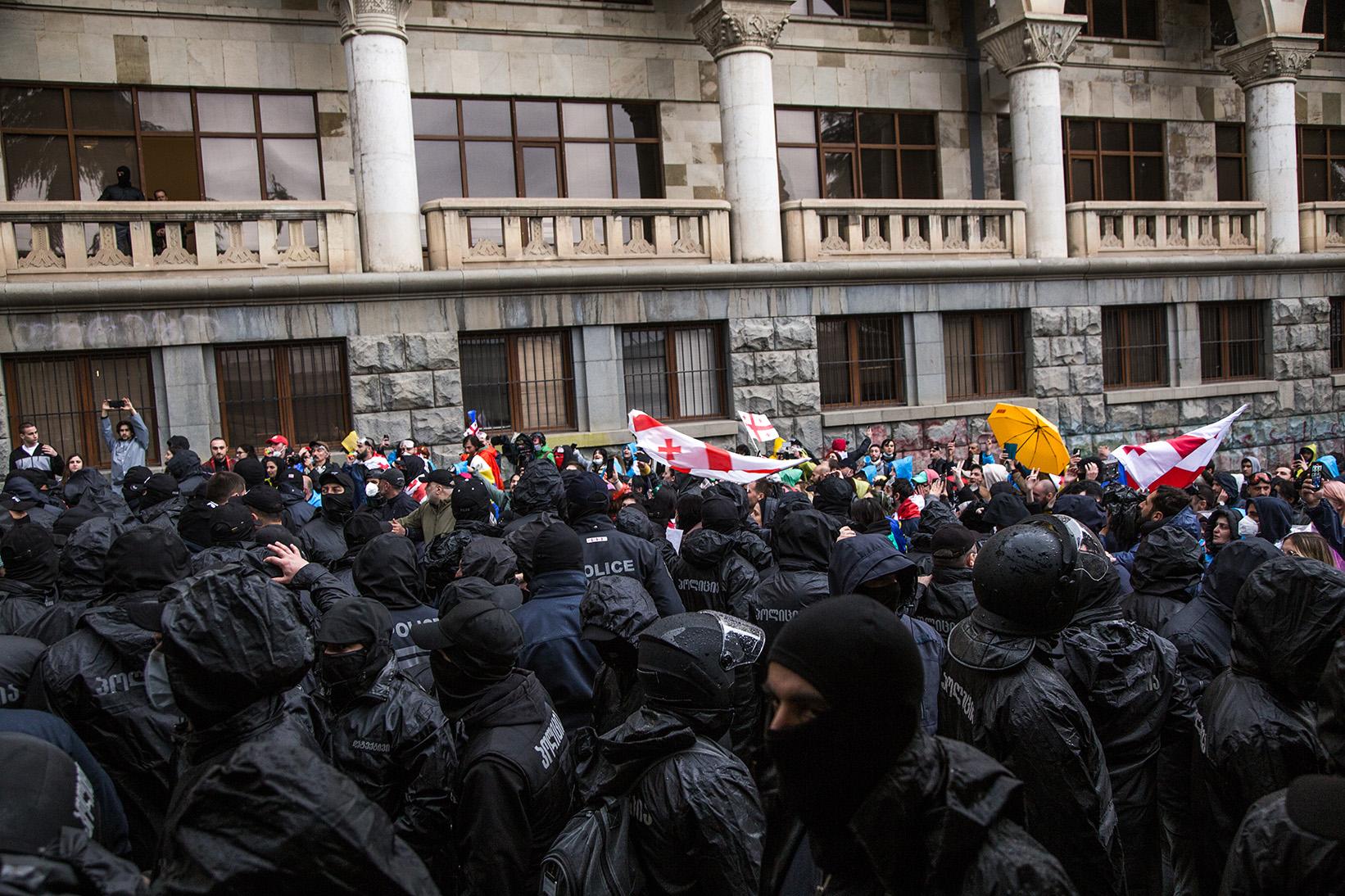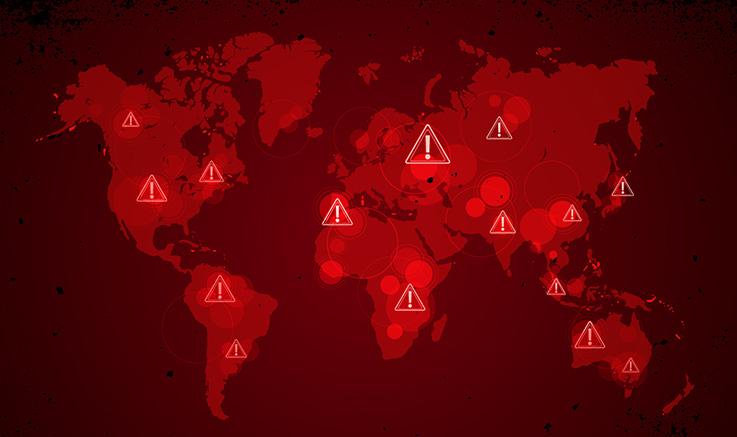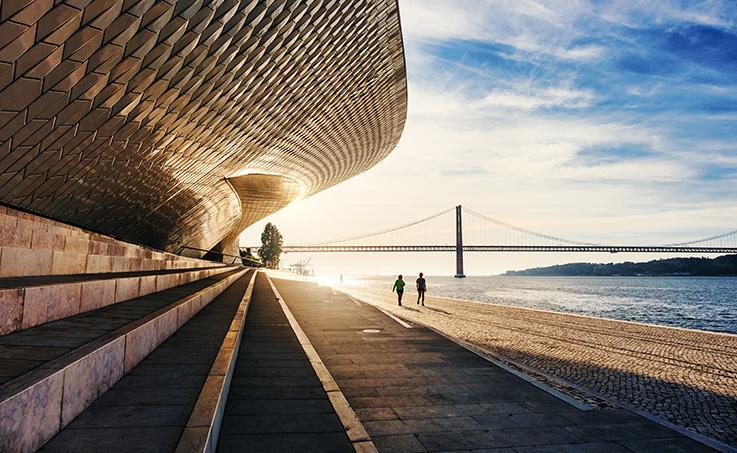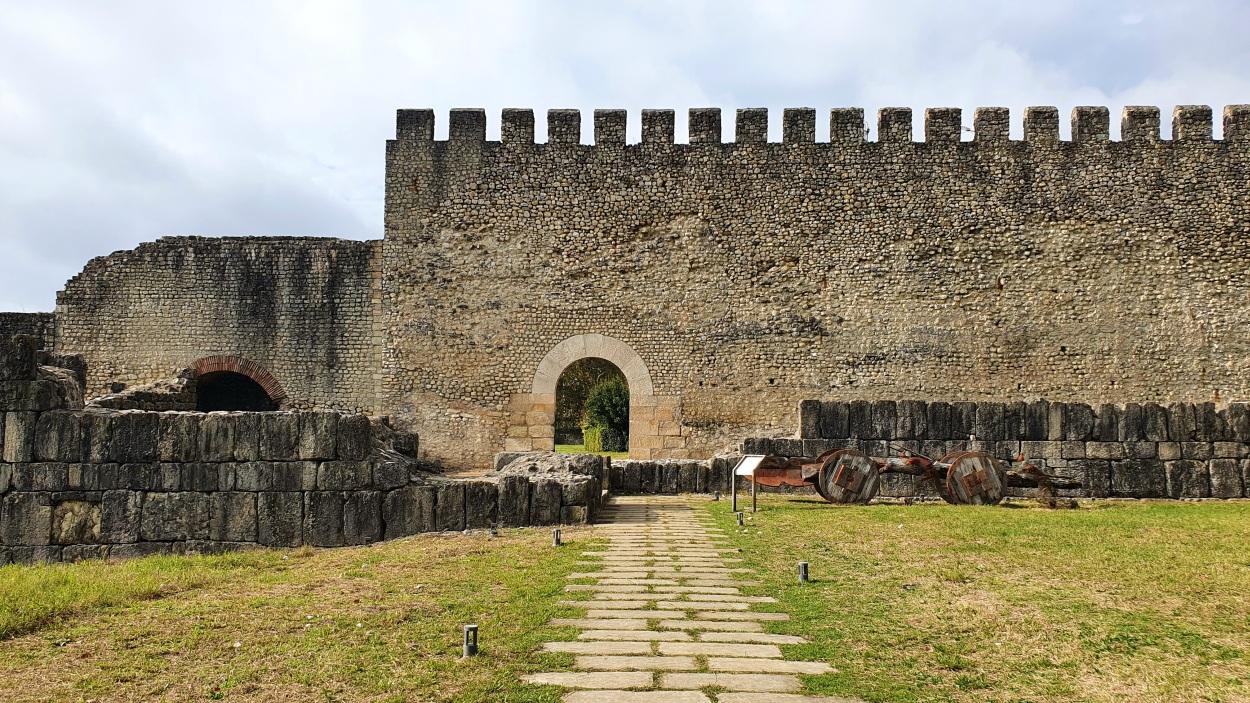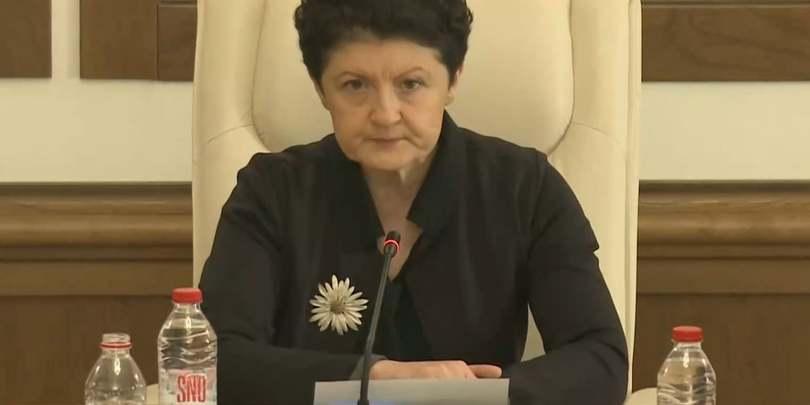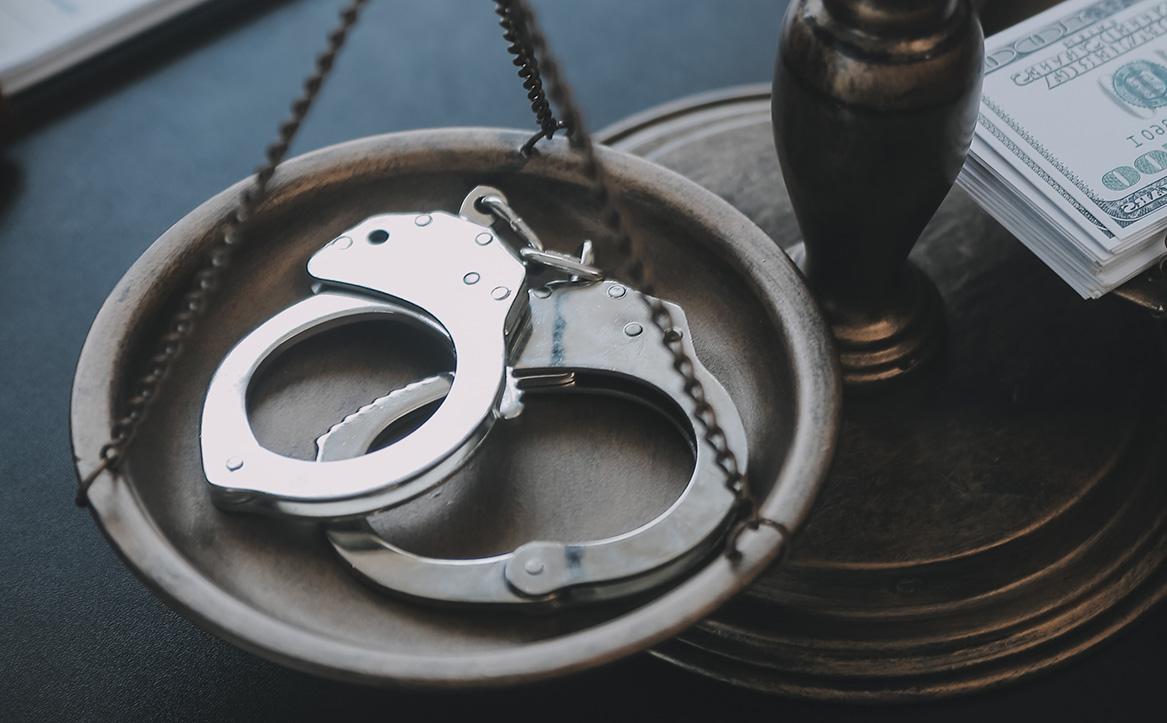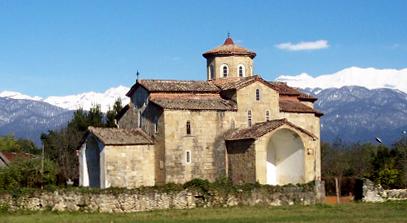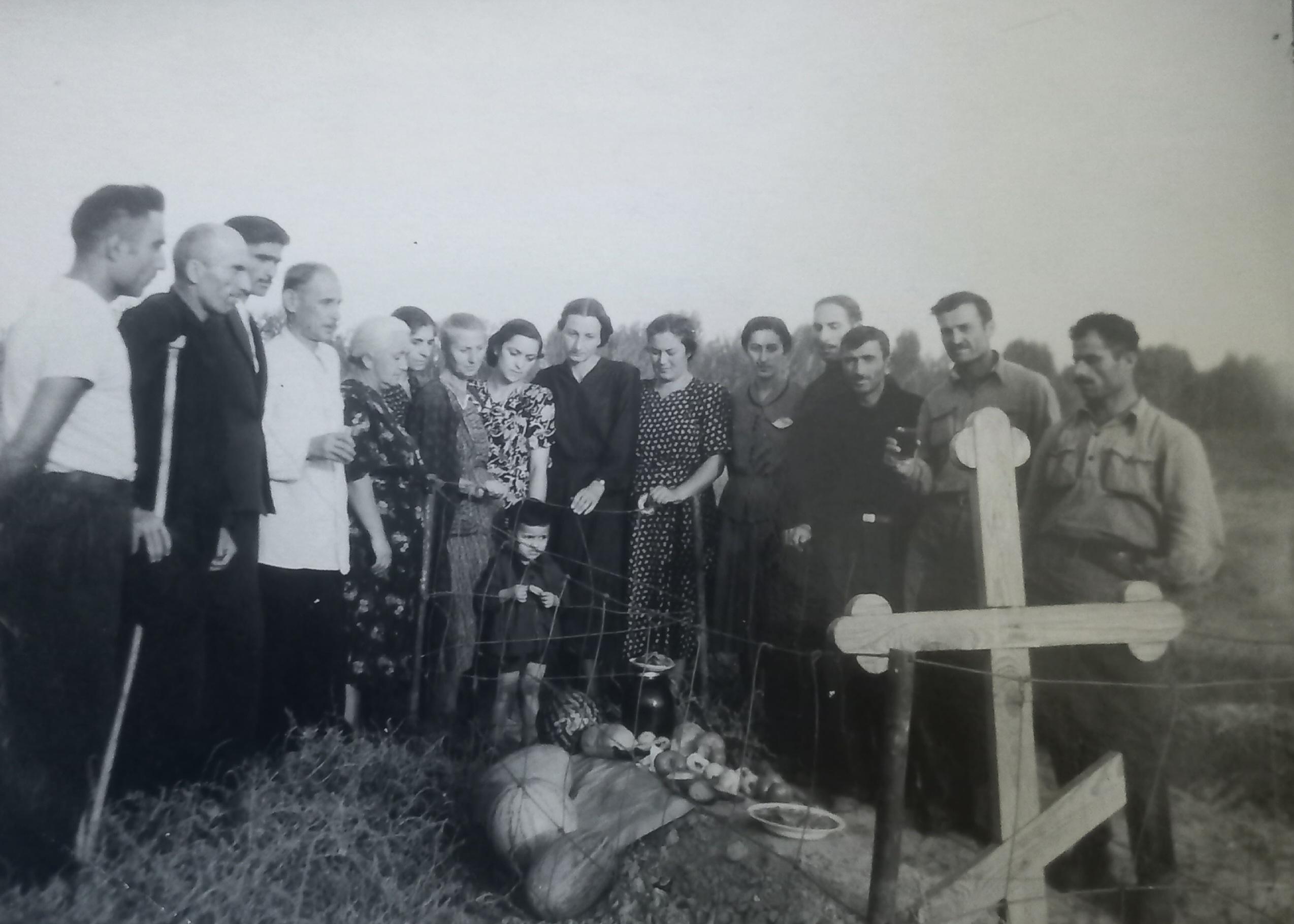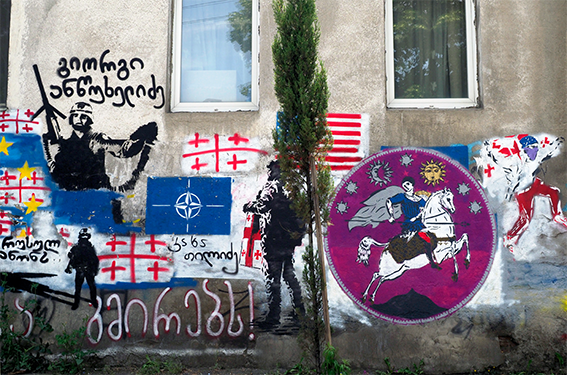
Author : Badri Okudjava
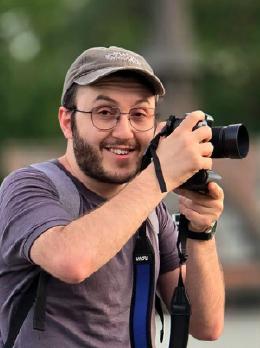
What should we remember?
The latest issue of New Iveria features two articles on historical memory and archival policy in contemporary Georgia. The author of the first article is David Khvadagiani, a researcher at the Soviet Past Research Laboratory and a colleague of mine, and the second is by historian Timothy Blauvelt, a professor at Ilia State University. Both authors underscore that the study of the recent past runs counter to the interests of the ruling authorities. Moreover, the current government is unjustifiably restricting access to the former archives of the KGB and the Central Committee of the Communist Party.
It is no coincidence that the number of pages devoted to the recent past in school history textbooks has been steadily decreasing, gradually replaced by content focused on the Middle Ages or earlier periods. It is evident that, in recent years, the authorities have deliberately attempted to distort or erase from collective memory events linked to the aspirations of the Georgian people for freedom and independence.
The Soviet Russian occupation of 1921, the anti-occupation national uprising of 1924, the Red Terror, the brutal crackdown of 9 April 1989, the 1992 coup d’état, the war in Abkhazia, and the 2008 Russo-Georgian war—across all these events, Russia’s role as an aggressor is being downplayed or made to disappear altogether. Why? The answer is simple: for the past 240 years, Russia has been—and remains—the sole consistent threat to the freedom and independent development of the Georgian people. Yet for the ruling Georgian Dream party, Russia is not considered an enemy.
In this article, I will explore the role of collective memory in resisting authoritarian regimes, examine the lessons of recent years, and discuss how the struggle against historical narratives is unfolding in both physical and digital spaces.
‘If you don’t have an enemy, you have to invent one,’ Umberto Eco aptly observes in his famous essay ‘The Making of an Enemy’. Indeed, throughout history, states have repeatedly positioned themselves against real or imaginary enemies, constructing narratives around victories or failed struggles with these adversaries. As Eco notes, the enemy must be fought—but not necessarily defeated—which is precisely why authoritarian rulers and dictators are so fond of perpetually fighting a fictional enemy. Moreover, it is often by fighting imaginary enemies that such rulers stay in power. Fighting an imaginary enemy does not require bravery and courage, nor large amounts of ammunition; the necessary weapons in the fight against such an enemy are propaganda and disinformation. This is precisely why and how the Georgian Dream regime created a conspiracy theory about a ‘global war party’ and the ‘Deep State’ behind it, intending to replace the image of Russia as an enemy in the collective memory.
Dream’s social amnesia
Amid a dramatic shift in foreign policy, the adoption of Russian-style laws, electoral fraud, unprecedented violence against citizens, and ongoing confrontation with the West, Georgian Dream has justifiably earned the label of a Russian-style regime—or simply, the ‘Russian Dream’. Propaganda media soon shifted to a strategy of openly criticizing the country’s pro-Western course, while representatives of Georgian Dream increasingly referred to Erekle II1 as a leader with a pragmatic foreign policy and a symbol of such a policy. In short, the Dream stopped hiding its intentions behind a pro-Western veil and openly embraced its alignment with the Russian regime.
‘The 1921 scenario has not been repeated in Georgia, and that is the achievement of the Georgian authorities,’ said Kobakhidze, the Georgian Dream Prime Minister, on 25 February—the anniversary of the Soviet Russian occupation. Just two weeks later, he remarked, ‘9 April is the day when a foreign power committed violence against our fellow citizens’, attempting to rewrite the established narrative of 9 April by replacing Russia with a vague ‘foreign power’. In a similarly dismissive tone, another leading figure of the regime, Thea Tsulukiani2, commented on the sacrifice of national hero Giorgi Antsukhelidze—who was killed during the 2008 war—saying, ‘Every child needs its parent at home, rather than senselessly sacrificed to someone’s PR.’
In the memory model constructed by Georgian Dream, the party itself is portrayed as the only force capable of preventing war with Russia. What the leaders of the First Democratic Republic failed to avoid in 1921, Dream claims to have averted. The bloodshed of 9 April is now attributed to a vague foreign power, and the notion of sacrificing one’s life in defence of the homeland is dismissed as unnecessary. These attempts to rewrite history and politically instrumentalize the past are clear examples of social amnesia. As a tool for shaping collective memory, social amnesia was widely employed by totalitarian regimes throughout the twentieth century, including the Soviet Union. The Georgian Dream’s version of social amnesia operates through a blend of deliberate forgetting and distortion, with the primary aim of obscuring reality.
Remembering against oblivion
‘I have dedicated my 37 years of service to the struggle against the policy of Russification’—these famous words of Catholicos-Patriarch Ambrosi Khelaia appeared across the streets of Tbilisi alongside his image in the spring of last year. Amid anti-government, pro-Western protests, stencils depicting national figures such as Maro Makashvili3, Kakutsa Cholokashvili4, Ambrosi Khelaia, and Giorgi Antsukhelidze began to appear in the streets and on the walls of various institutions throughout the city. Not a single protest march took place without the tricolour flags of the First Republic of Georgia, and the names of Zviad Gamsakhurdia and Merab Kostava were invoked with growing frequency by speakers. Notably, the anti-government demonstrations planned for February 25, the Day of Occupation, were named in honour of Valiko Jugheli and Maro Makashvili.
For the first time since the restoration of independence, the heroes who had fought against Russian occupation a century ago were once again placed at the forefront of public consciousness, symbolically leading the people at the will of the public. Images of General Kote Abkhazi, Kakutsa Cholokashvili and Zhiuli Shartava5 were prominently displayed at the marches. The ruling party’s attack on Giorgi Antsukhelidze did not go unanswered either. Following another anti-government protest, the words ‘Antsukhelidze is a hero’ appeared on the facade of the parliament building. Remarkably, even weeks later, the cleaning service had not dared to erase the inscription from the wall.
It can be said that the blatant interference by those in power in the nation’s collective memory—through the distortion and erasure of historical facts—coincided with a shift in the country’s foreign policy and, in turn, sparked an opposing response within civil society: the revival and rehabilitation of the memory of national resistance.
However, before national heroes and resistance leaders appeared in public spaces and at protests, they first reemerged in academic studies, books, and, later, social media. Told in accessible, popular language, their stories reached broad segments of society, helping to restore their place in the collective memory at a critical moment. At the same time, parallel and competing narratives also emerged on social media, which, on the one hand, disseminated Russian disinformation flows and, on the other hand, the messages of ‘Dream’ and other pro-Russian groups. Unsurprisingly, these groups often contrasted the memory of the First Democratic Republic and Georgian statehood with the glorified image of Stalin. On Georgia’s most popular social media platforms—particularly Facebook, TikTok, and YouTube—Stalin’s persona and nostalgia for Soviet-era Georgia, especially the so-called stagnation period, have emerged as the dominant alternative narrative.
The collective memory of a nation can be the object of constant manipulation. Regimes never shy away from crude interference in it and change—or attempt to change—the past to suit their political agenda. Struggles over historical narratives, forgetting, and remembering are complex social processes intertwined with political reality. The rewriting of history by the Georgian Dream and the disappearance of the image of Russia as an enemy from the watershed events of recent history are part of these processes.
It is noteworthy that blatant historical revisionism often becomes a catalyst for public protest and the formation of a new kind of collective memory through that protest. Despite restrictions on archival access and the use of other undemocratic tools, the ruling group’s attempt to fundamentally reshape the past—and thereby influence present developments—has been largely unsuccessful.
1. King Erekle II signed the 1783 Treaty of Georgievsk, which established Russian protectorate over Georgia.
2. Thea Tsulukiani – Georgian politician, currently serving as a Member of Parliament and head of the parliamentary investigative commission. Formerly Minister of Justice (2012–2020) and Minister of Culture (2021–2024), she is known for her controversial role in the justice system and is frequently associated with repressive actions and policies during her tenure.
3. Maro Makashvili (1901–1921) – a Georgian Red Cross nurse and writer, became a symbol of national resistance during the 1921 Soviet invasion of Georgia. She was killed while serving at Kojori. Posthumously honored as Georgia’s first female National Hero.
4. Kakutsa Cholokashvili (1888–1930) – Georgian military officer and national hero, renowned for leading anti-Soviet guerrilla resistance following the 1921 Red Army invasion. A decorated World War I veteran, he commanded uprisings in Kakheti and Khevsureti, and later the 1924 August Uprising. After exile in France, his remains were reinterred at Mtatsminda Pantheon in 2005; he was posthumously awarded Georgia’s highest honor, the Order of National Hero, in 2013.
5. Zhiuli Shartava (1944–1993) – Georgian politician and National Hero, served as Head of the Government of the Autonomous Republic of Abkhazia; killed by Abkhaz militants during the 1993 Sukhumi massacre.
